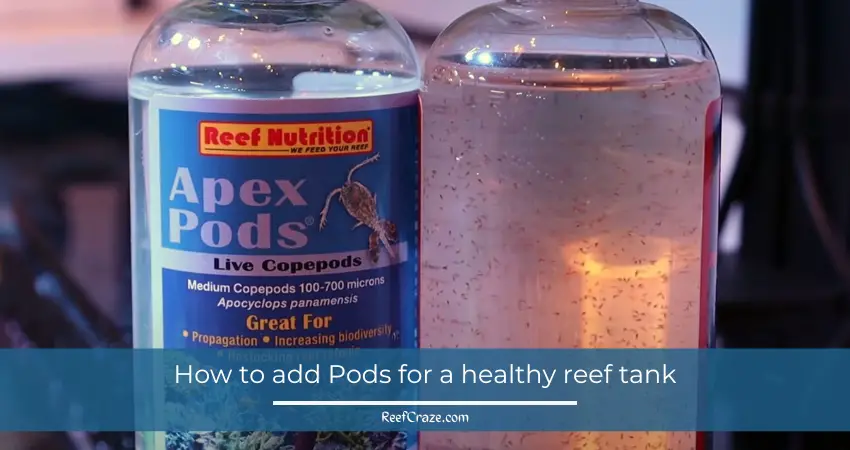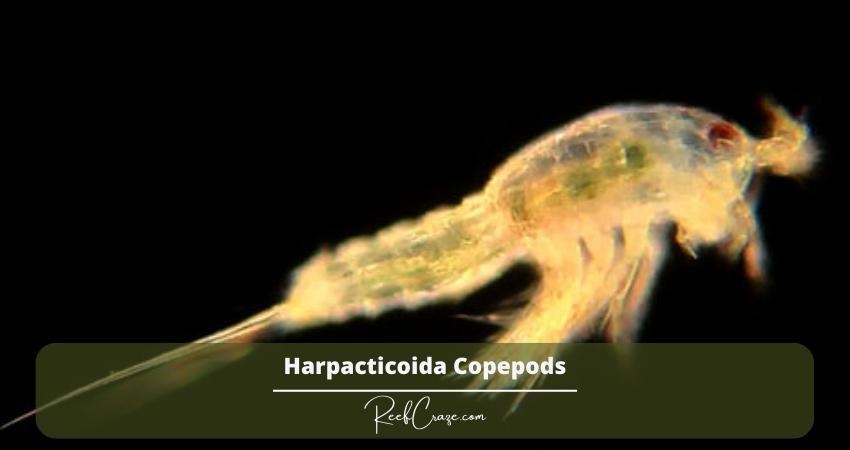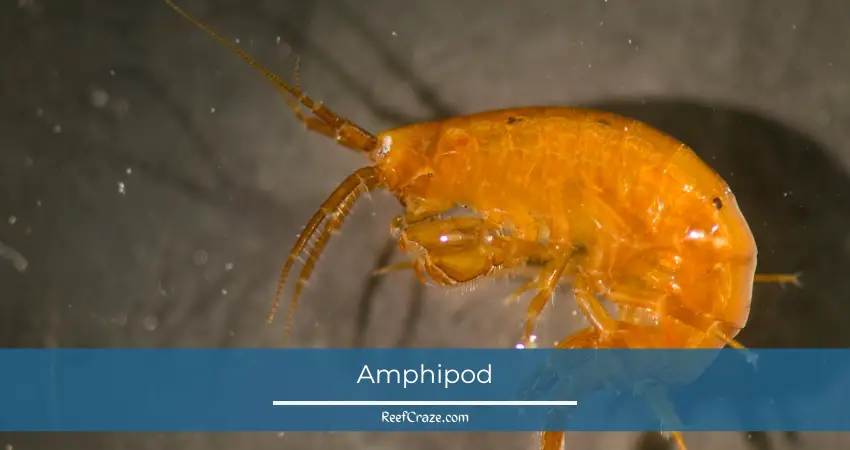Reef tanks are a popular way to create a miniature underwater ecosystem in the comfort of your own home. These tanks are home to a variety of marine life, including coral, fish, and invertebrates. One important aspect of a healthy reef tank is the presence of microfauna, such as pods. Pods, short for copepods and amphipods, are small crustaceans that play a crucial role in maintaining the balance of a reef tank.
In this article, we will discuss the benefits of adding pods to a reef tank, the different types of pods available, and the steps to take before, during, and after adding them to your tank. By the end of this article, you will have the knowledge and tools to successfully add pods to your reef tank and ensure they thrive.

Types of Pods
When it comes to adding pods to a reef tank, there are three main types to choose from: copepods, amphipods, and brine shrimp. Each type has its own unique characteristics and benefits.
1. Copepods:

Copepods are small, planktonic crustaceans that are a favorite food of many species of fish and invertebrates. They are easy to culture and are a great food source for both fish and coral.
Benefits Of Copepods:
- Nutritious and easy to culture
- Can be used as a food source for both fish and coral
- Can help control algae growth
Cons Of Copepods:
- Can be difficult to spot in the tank
2. Amphipods:

Amphipods are small crustaceans that are found in many marine environments. They are a great food source for many species of fish and invertebrates.
Benefits of Amphipods:
- Nutritious and easy to culture
- Can be used as a food source for both fish and coral
- Can help control algae growth
- Easier to spot in the tank
Cons of Amphipods:
- Can be difficult to culture in large numbers
3. Brine shrimp:

Brine shrimp are small crustaceans that are commonly used as a food source for reef tank inhabitants. They are easy to culture and are a great food source for both fish and coral.
Benefits of Brine Shrimp:
- Nutritious and easy to culture
- Can be used as a food source for both fish and coral
- Easy to spot in the tank
Cons of Brine Shrimp:
- Can be difficult to culture in large numbers
- Can contribute to an increase in nitrate levels
Preparing Your Reef Tank for Pod Addition
Before adding pods to your reef tank, there are several important steps to take to ensure that the introduction is successful.
1. Tank maturity:
A mature reef tank is more likely to be able to sustain a pod population. A mature tank will have a well-established food web and a healthy balance of beneficial bacteria.
2. Water quality:
Pods require clean, stable water conditions to thrive. It’s essential to ensure that your tank’s water quality is up to par before introducing pods.
3. Lighting:
Pods require adequate lighting to survive. If your tank’s lighting is not suitable, the pods may not survive.
It’s also important to quarantine new pods before adding them to your reef tank. This will help prevent the introduction of any unwanted pests or diseases.
Introducing Pods to the Tank
Once your tank is ready, it’s time to introduce the pods. There are two main methods for introducing pods to a reef tank: drip acclimation and direct addition.
1. Drip acclimation:
This method involves slowly introducing the pods to the tank’s water over a period of time. This allows the pods to adjust to the tank’s specific water parameters and reduces the risk of shock. To drip acclimate pods, start by adding a small amount of tank water to the container holding the pods. Gradually increase the amount of tank water in the container over the course of several hours. Once the container is mostly filled with tank water, the pods can be added to the tank.
2. Direct addition:
This method involves simply adding the pods to the tank all at once. This method is quicker but increases the risk of shock to the pods. If using this method, it’s important to add the pods at night, when the tank’s inhabitants are less active.
After introducing the pods to the tank, it’s important to monitor the population for the first few days to ensure they are thriving.
Maintaining a Healthy Pod Population
Once the pods are successfully added to the tank, it’s important to maintain a healthy population. This can be achieved by providing a suitable environment and food source for the pods.
1. Water quality:
Pods require clean, stable water conditions to thrive. It’s important to regularly test and maintain the water parameters in your tank, such as pH, temperature, and salinity.
2. Lighting:
Pods require adequate lighting to survive. If your tank’s lighting is not suitable, the pods may not survive.
3. Feeding:
Pods require a steady food source to thrive. In addition to their natural food sources, such as algae and detritus, it’s important to supplement their diet with a high-quality, specially formulated pod food.
4. Tank inhabitants:
Some tank inhabitants, such as certain species of fish and invertebrates, may eat pods or compete with them for food. It’s important to research and select species that will not harm the pod population.
5. Tank maintenance:
Regular tank maintenance, such as water changes and cleaning, will help keep the pod population healthy.
By following these steps and regularly monitoring your pod population, you can ensure a healthy and thriving pod population in your reef tank.
Frequently Asked Questions
What types of pods are suitable for my reef tank?
How many pods should I add to my reef tank?
Can I add frozen pods to my reef tank?
Can I add pods to a newly set-up reef tank?
How do I ensure a healthy pod population in my reef tank?
How often should I monitor my pod population?
Are there any specific tank conditions or inhabitants that can harm my pod population?
Can I mix different types of pods in my reef tank?
Are there any signs that my pod population is not thriving in my reef tank?
Can I purchase pods online or do I have to find a local supplier?
Wrapping Up
Pods play an important role in maintaining the balance of a reef tank. They serve as a food source for fish and coral, help control algae growth, and are an important part of the tank’s food web. Adding pods to a reef tank can be a challenging task, but by following the steps outlined in this article, you can successfully introduce and maintain a healthy pod population in your tank.
